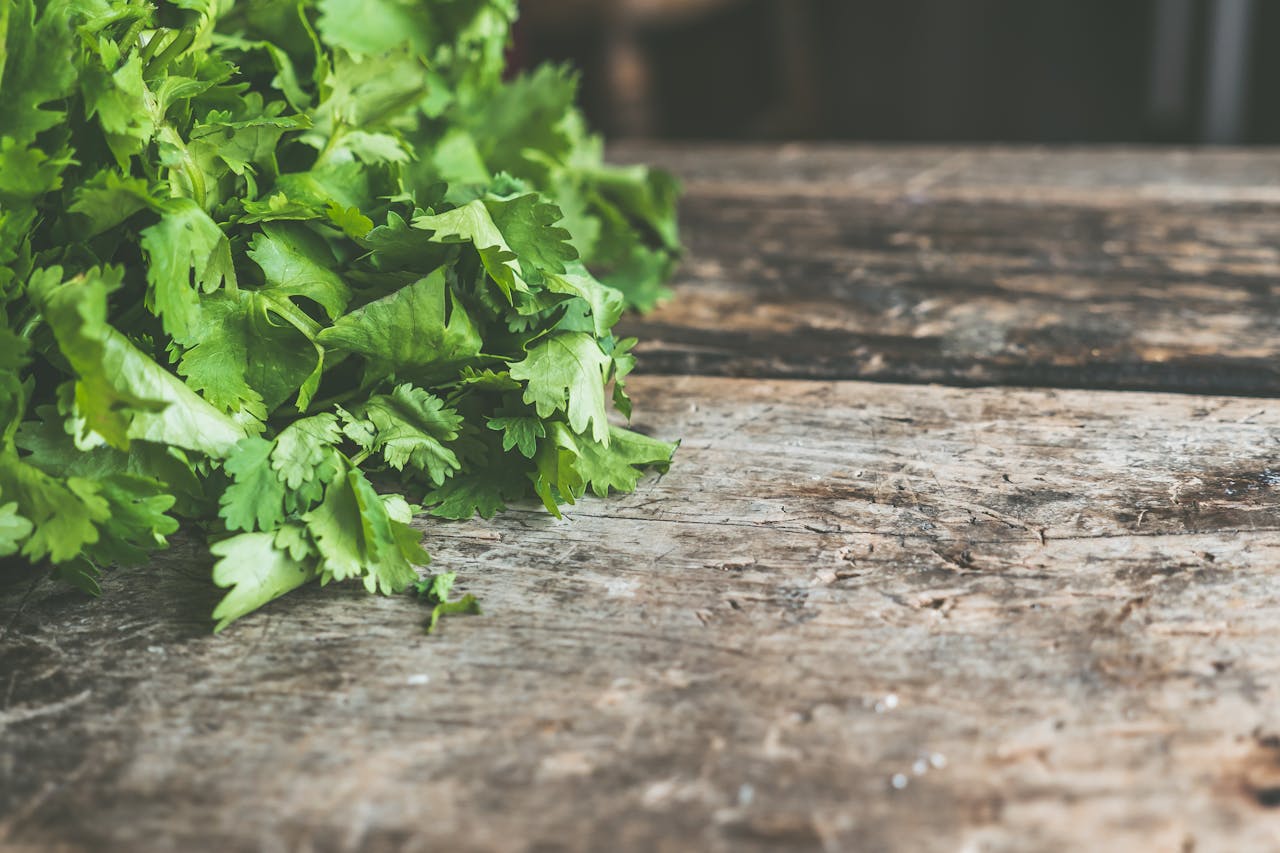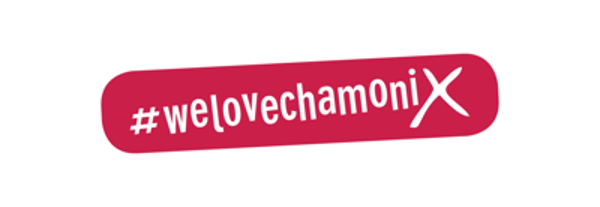If you’re visiting France, then it is essential for you to understand that the days – and hours of each day – massively revolve around a central culinary schedule. Shops shut up their doors & close their shutters, offices turn off their computers and put the phones on do not disturb (except for us at Chamonix All Year – but we’re an exception to the rule!), and everyone goes home or in break for a one and a half hour lunch. The same goes for national holidays, and all other special occasions. So we’ve collated a Culinary Calendar for you – so you know what expect!
January
Fête des Rois – l’Épiphanie
The 6th of January, celebrated in France as the ‘Epiphany’, is traditionally held as a feast day 12 days after Christmas – and the Galette des Rois accompanies the feast. Among its almond and frangipane feuilletée is often hidden a fève or child figurine; consider yourself lucky if you get this slice (and don’t choke on it).
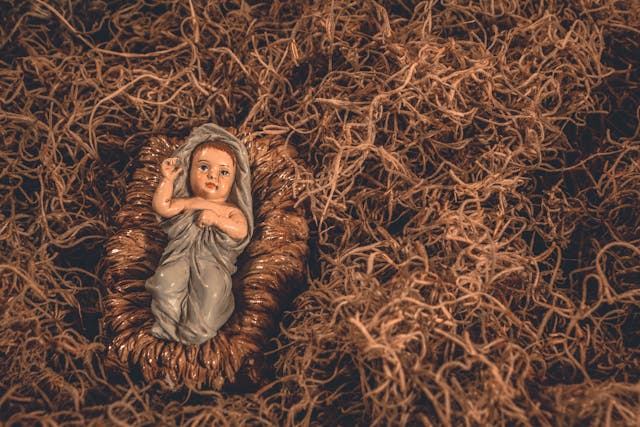
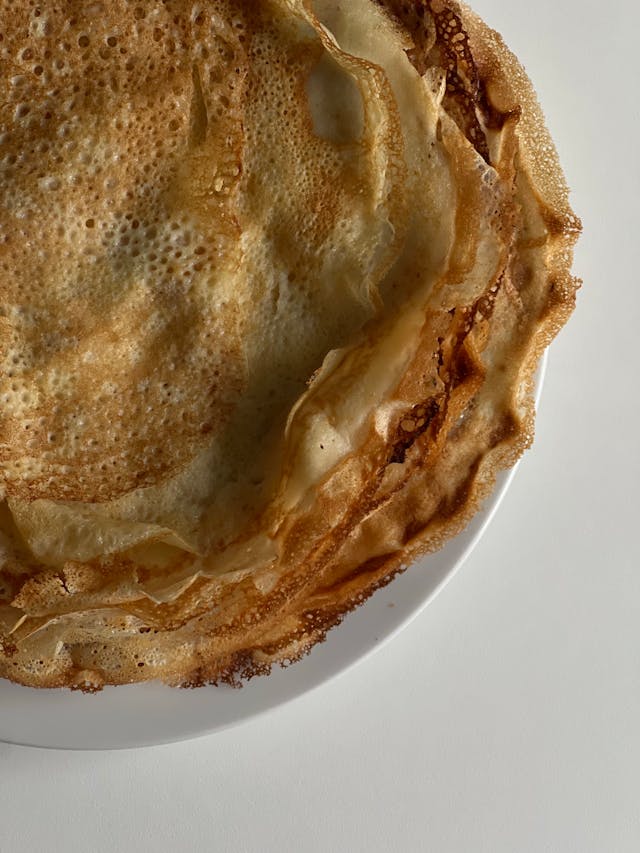
February
2nd February – La Chandeleur
‘Candlemas’, a celebration which dates back to the Middle Ages, AKA pancake day! It was believed that the shape of the pancake, round and golden-tinted, symbolised the crescent light and return of Spring, and it’s form determined the prosperity of the year to come.
March
Sarlat Fest’Oie – Sarlat-le-Canéda
On the first weekend of March, this little town in Southwestern France celebrates (and eats) the gracious and ever-giving goose! Not only are there goose-filled delicacies to try and make, but there is also goose-feather calligraphy, and earthenware and pottery decorated with the white waterfowl. And most loyal to traditional is the beheading and carcass soup tasting, apparently not to be missed (perhaps with closed eyes?)
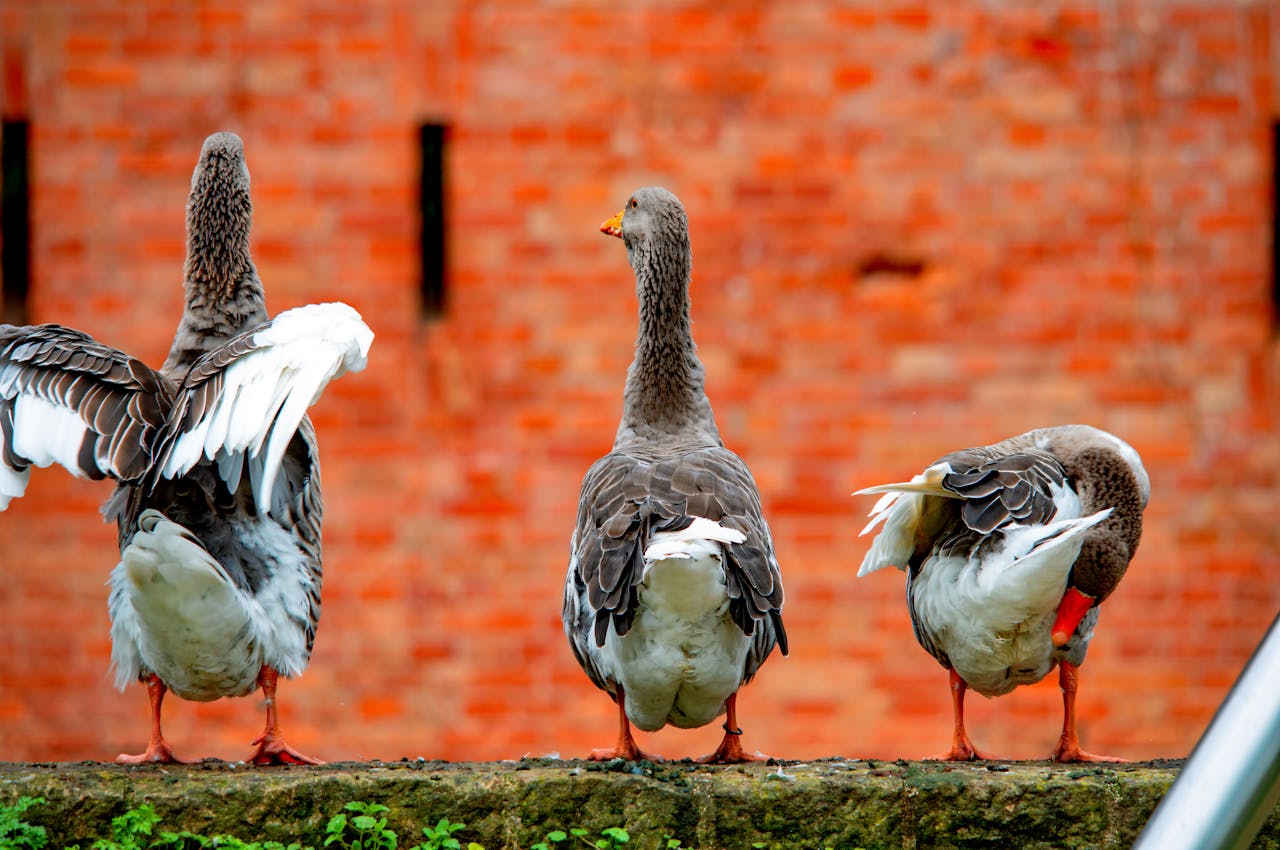
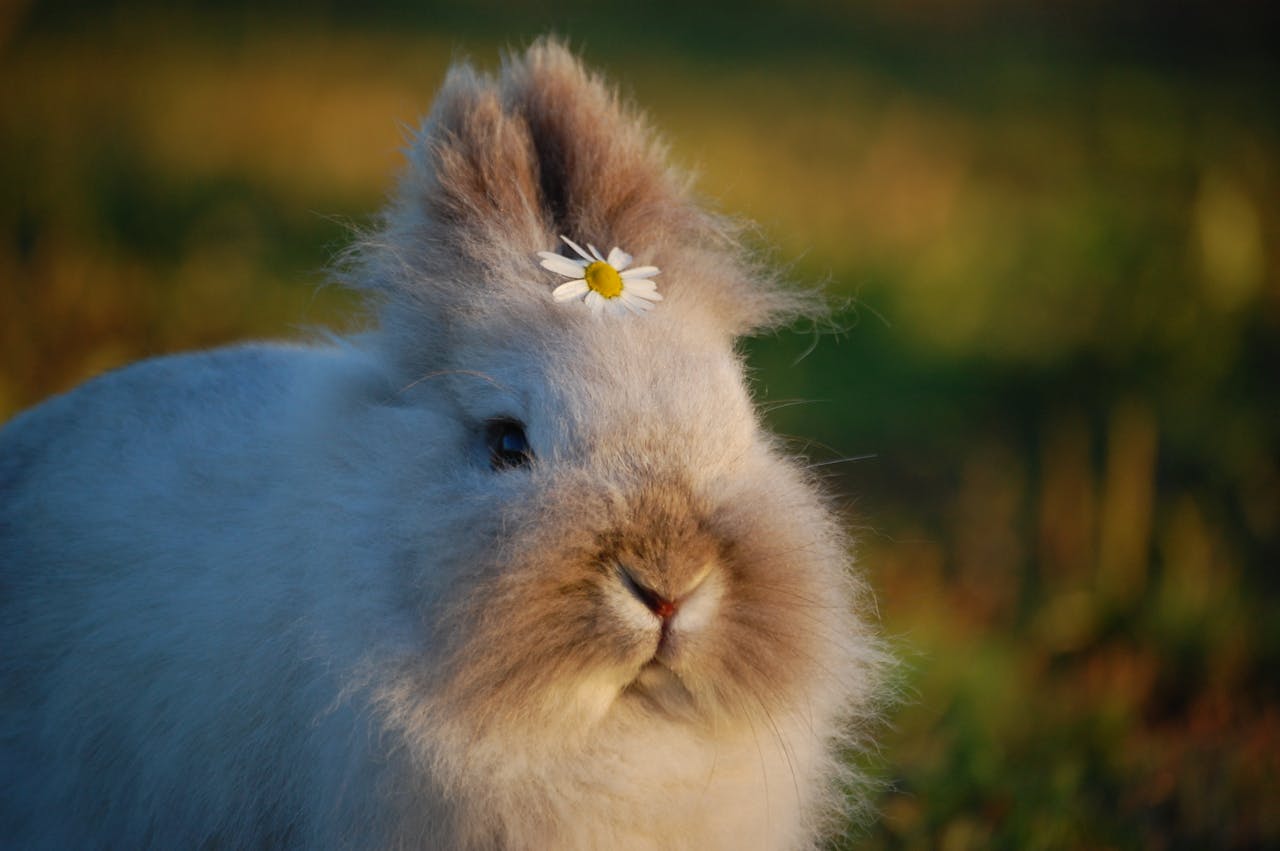
April
Easter – ‘Agneau de dieu’
In France, as in many other countries, Easter and lamb go hand in hand. The ‘virtuous’ lamb, a symbol of purity and justice, is sacrificed in order to relieve the sin of this world. Also, it was probably the freshest meat available after a long winter! Most often enjoyed as a roast leg, with plenty of Rosemary.
May
Labour Day – La Fête du Travail
With its origins in the Unions, Labour Day celebrates the feat of workers’ rights in France. It is tradition to give bouquets of Lily of the Valley, or muguets, to close family and friends on this day, in a nod to Spring’s arrival.
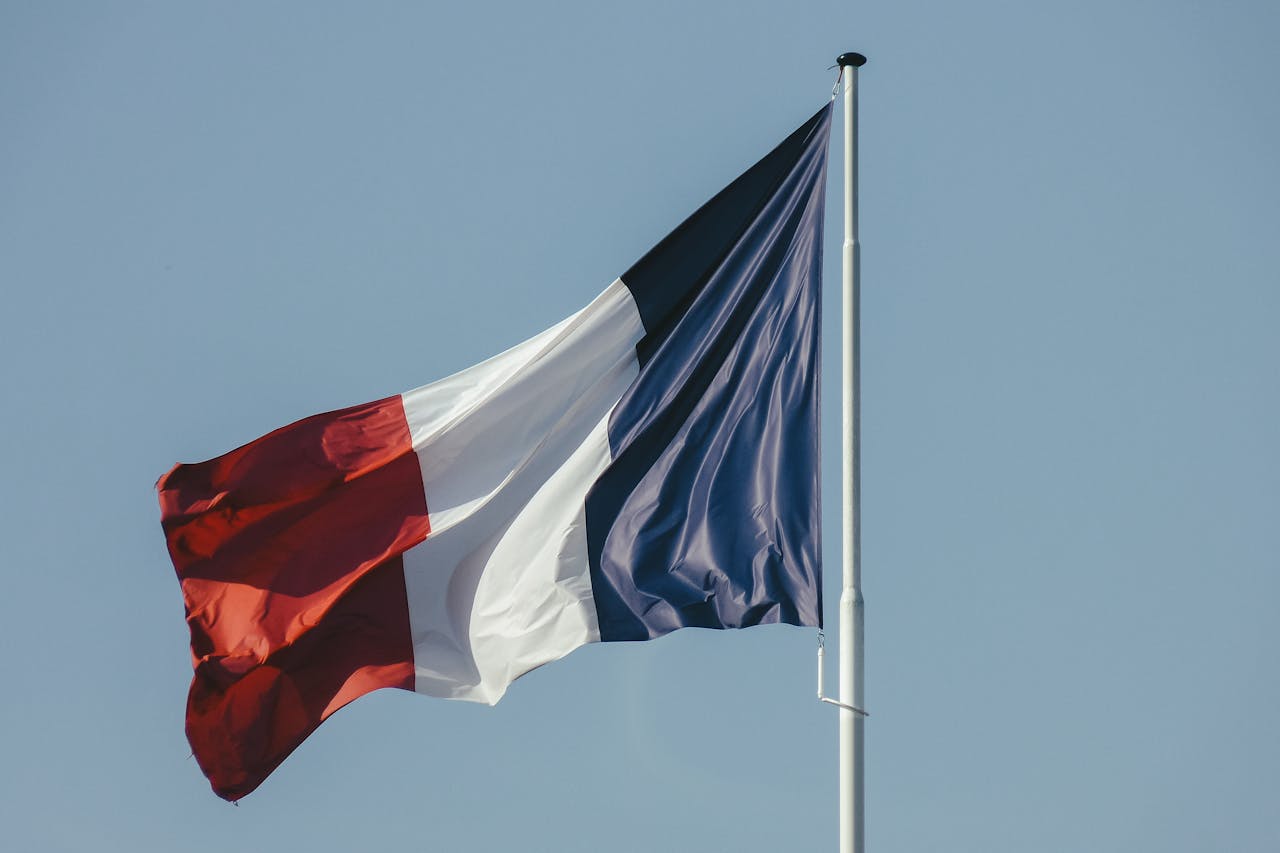
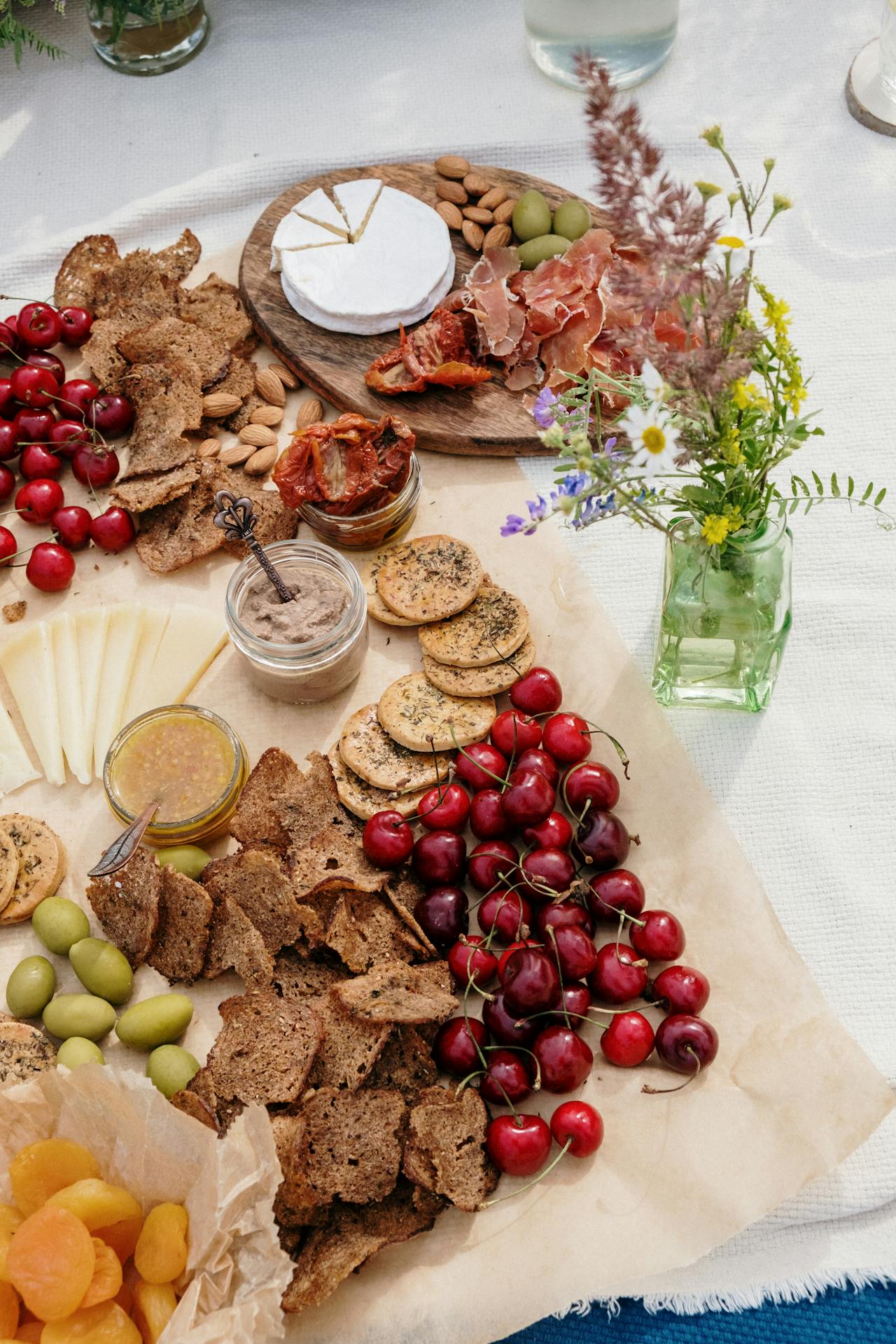
June
June, with it’s warmer weather and longer days, sees lighter foods on the tables of the Français; Tomme de Savoie among other cheeses, cod fish, melons, and lots of cherries! Between the end of May and the beginning of July, you’ll see Cherry festivals and celebrations springing up all around the country.
July
La Fête Nationale, (Bastille Day) 14th July – Quiche Lorraine, Ratatouille
Marking the storming of the prison at Bastille, this day marks the inciting incident that began the French Revolution, in 1789. You’ll see military parades, fireworks and concerts. The most French day requiring the most French foods; Quiche Lorraine, Ratatouille, and the delicacy of Macarons for dessert. Vive la France!
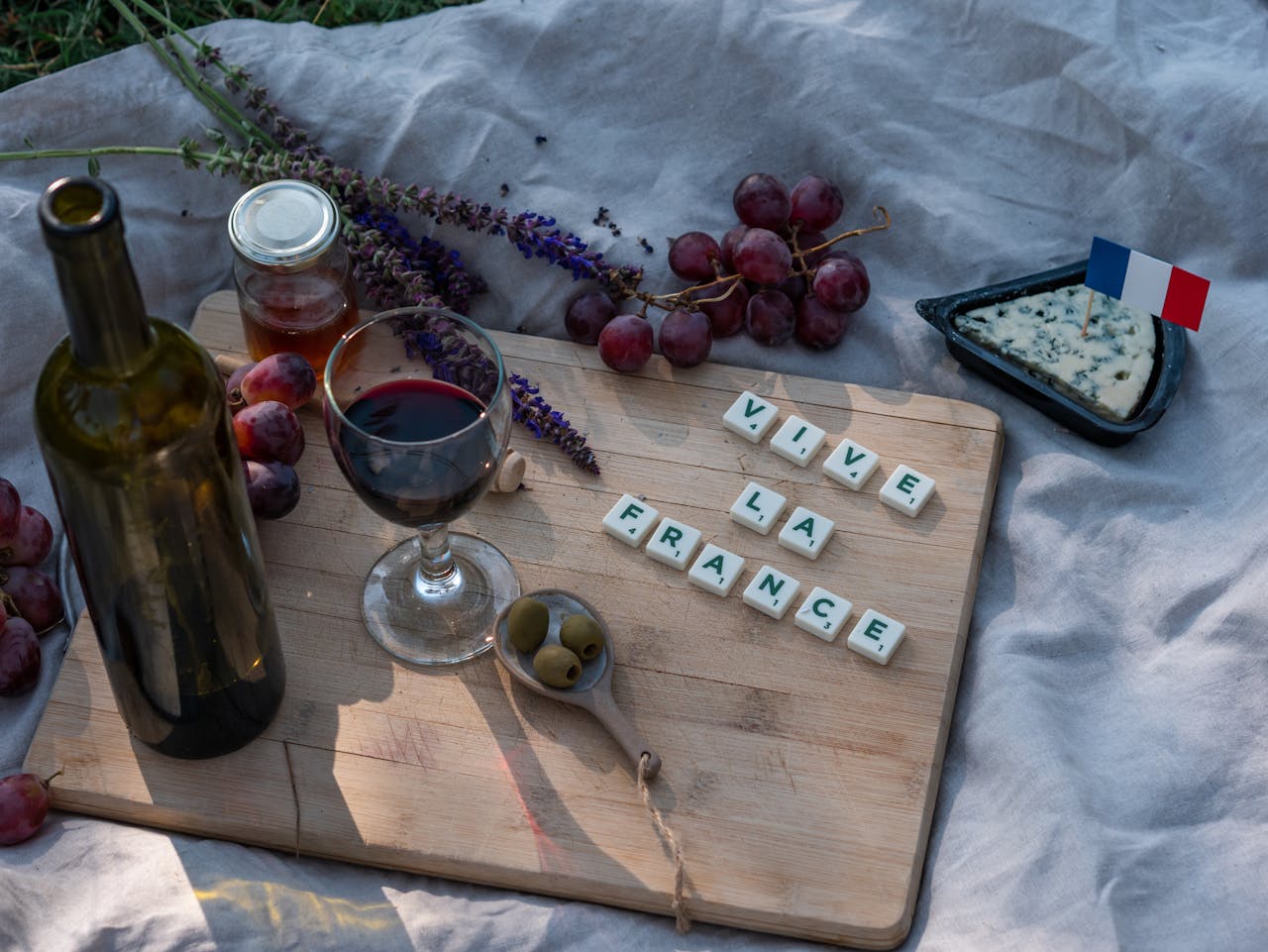
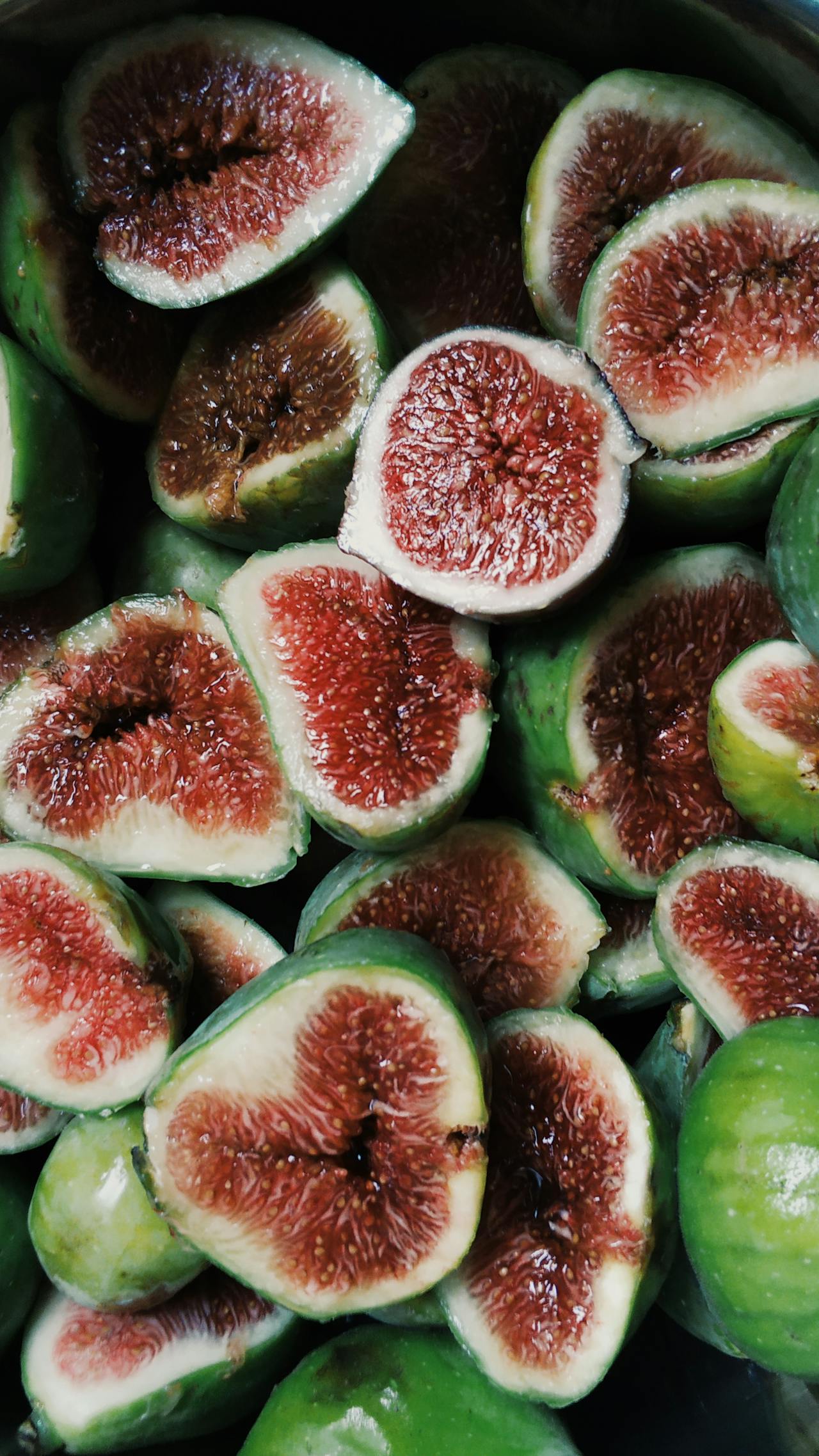
August
Fête de la Figue, Solliès-Pont
Its’s the Infamous Fig Festival! Down in the Provence-Alpes-Côte d’Azur of France, at the end of August each year, local villagers parade in traditional Provençale dress, where figs are sold and enjoyed as far as the eye can see. A fruity excuse for a day-festival with music and dancing, the region produces and grows thousands of different varieties of fig; black, green, white and purple, bringing the community together to celebrate their local produce.
September
The harvest is here! After long months of toil under the sun, September is typically time to collect the grapes which have spent all summe ripening and maturing. Known as Les Vendanges, the harvest starts between the end of August, to late September or even October, depending on how the year went & what the weather brought. Following the long, taxing work of harvest, winemakers celebrate with cognac and wine festivals, tastings and feasts (sometimes in the vineyard in the evening, on the last day of harvest), to observe the end of the harvesting.
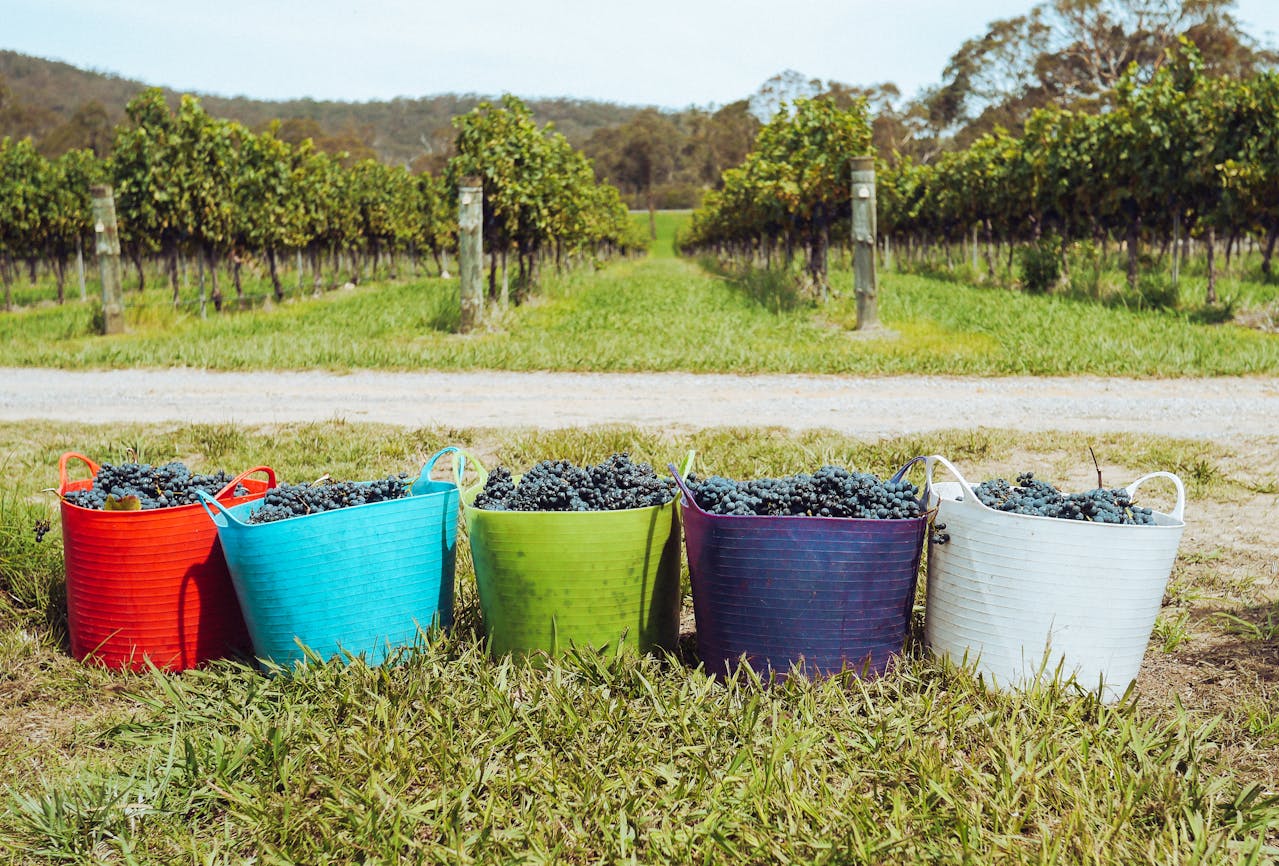
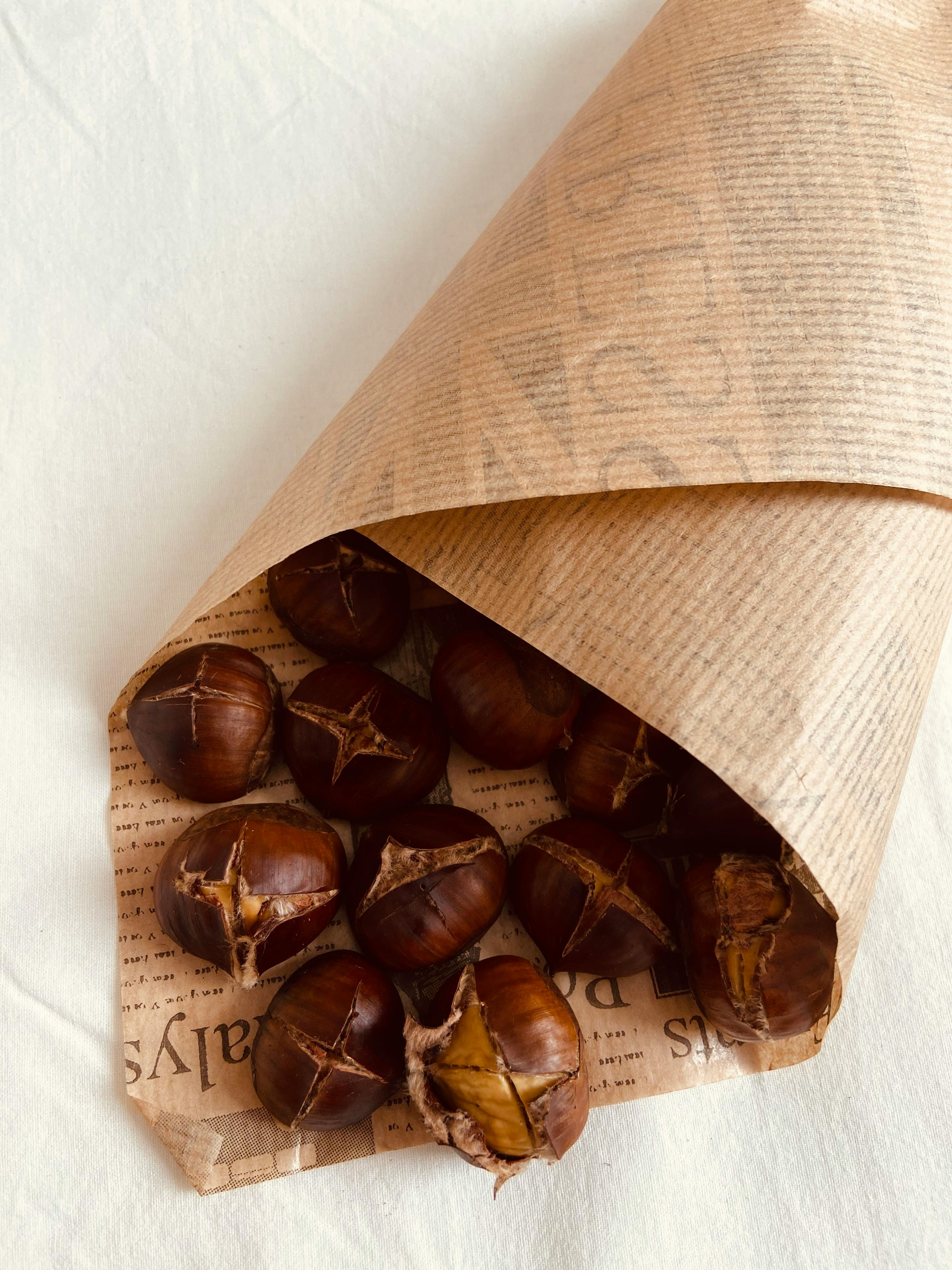
October
Fête de la Châtaigne, Collobrières
Farmers and artisans bring their local produce, there is live music and markets, shows and expositions of the local Savoir-Faire. The fayre celebrates and spotlights the importance of agriculture within the economy of the rural village of Collobrières. The main event; the Grand Chestnut Market. As they come into season and just after La Recolte (the harvest), it’s time to get them roasting on a cosy crackling fire!
November
Beaujolais Nouveau: 3rd Thursday of November
Each year wine lovers and buyers clamour for the release of the Beaujolais Nouveau; a wine made of Gamay grapes grown from the Beaujolais region in Burgundy. Being a much-celebrated ‘Vin Primeur’, the release of each year’s millésime is highly anticipated and as such celebrated with appropriate vigour – traditionally, wine makers and growers would pop open a bottle around family and friends with an assiette of charcuterie & cheeses, to taste for themselves how the years’ millésime has turned out.
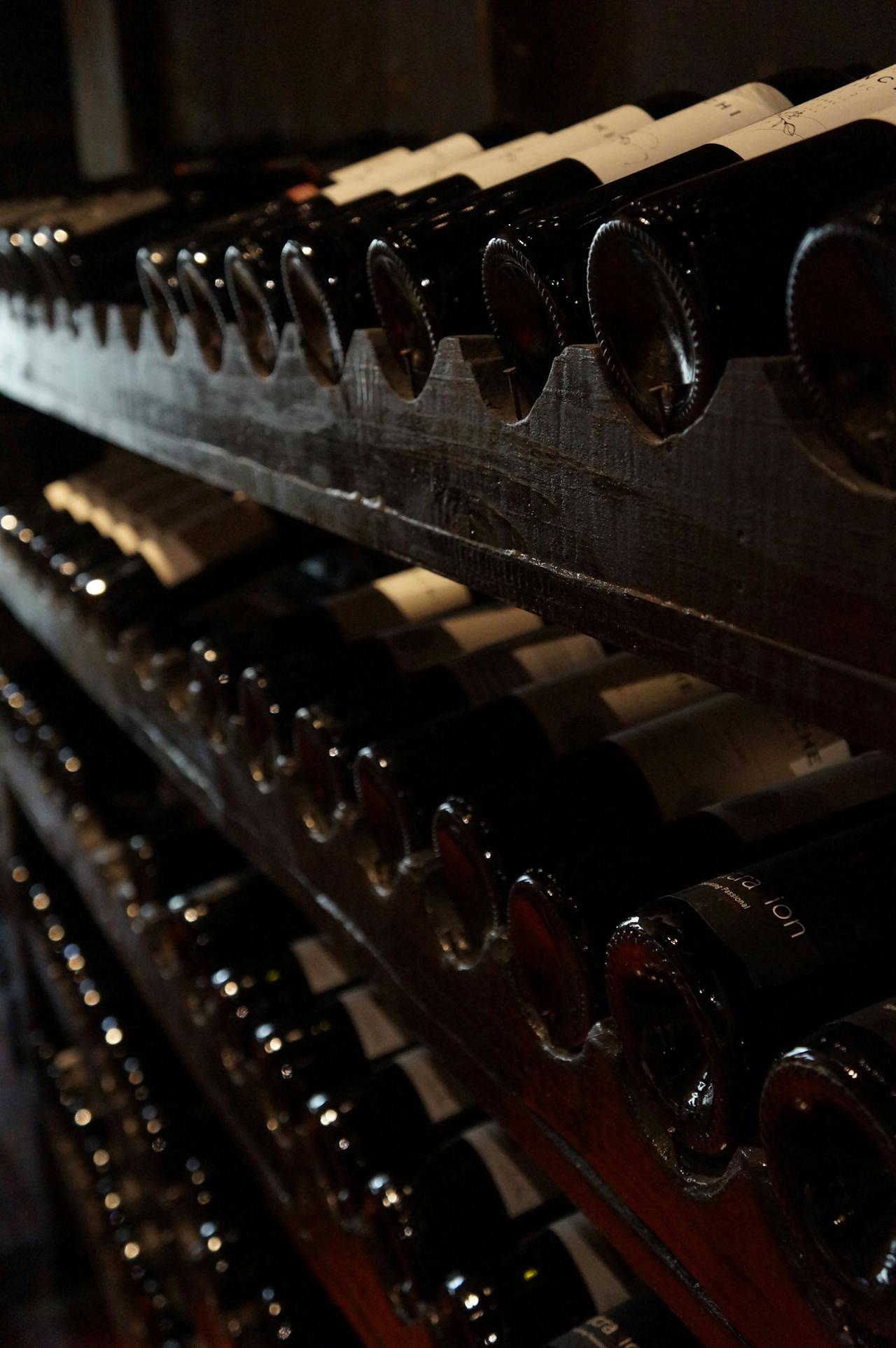
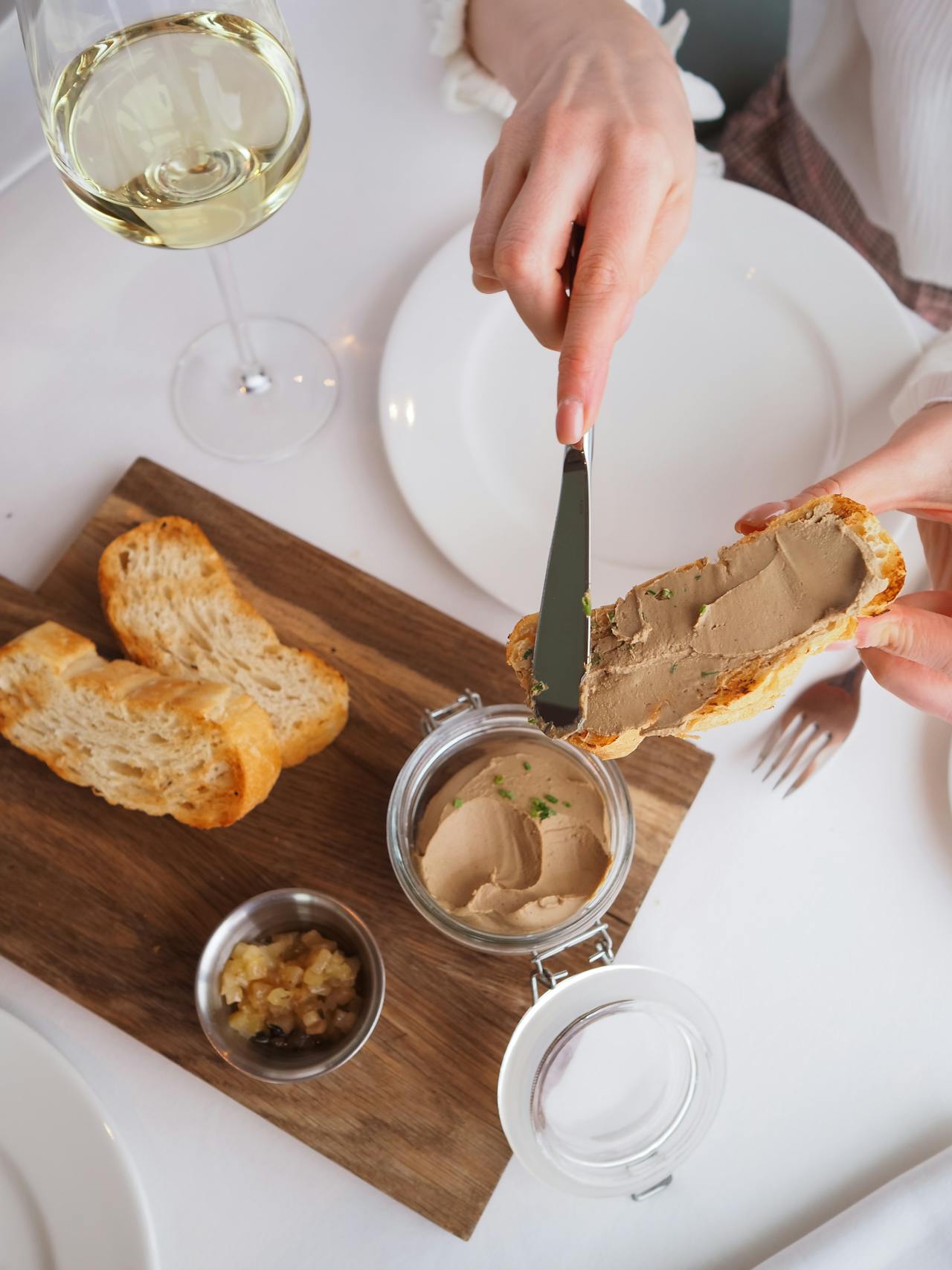
December
Christmas – Foie Gras
A seductive delicacy, foie gras rose to popularity thanks to the decadent Parisian high-society, emanating predominantly from Strasbourg, in the Alsace region. The glamorous dish slipped into the Christmas menus in the late 70’s, as a sumptuous treat to go alongside salmon, snails and other festive luxuries. Producers Les Foies Gras du Ried, Foie Gras Dupérier, and La Ferme de Mounet offer some of the finest and wide-ranging selections of homemade and locally-sourced products. Serve with a fig jam or other onion chutneys, a crusty baguette, and of course – champagne, bien sûr!

